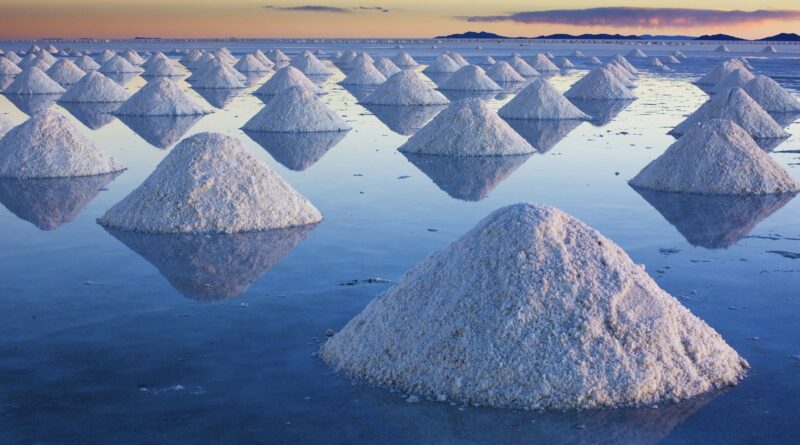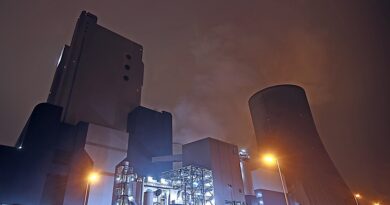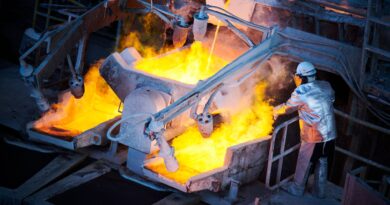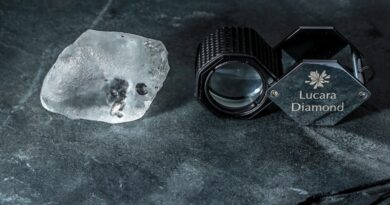Five things the world will need for a low-carbon future
Take clean energy technologies like wind, solar and batteries: each of these needs large amounts of minerals and metals to work. In fact, the World Bank has found that as clean energy becomes more widely used – with global renewable capacity expected to grow by 46% by 2023 according to the International Energy Agency – the future demand for minerals will be significant.
Here are five minerals and metals you can expect to see more of in a low-carbon world:
1. COPPER
Copper is the best non-precious conductor of heat and electricity on the planet. It’s found in everything from the electrical wiring in your house to renewable power sources like wind turbines. And because it can help things work more efficiently, copper will play an important part in a more sustainable future. It’s used widely in smart technologies and the electrification of transportation: Electric vehicles use about four to six times more copper than traditional internal combustion engine cars.
2. LITHIUM
From electric vehicles to power grids, in a low-carbon future we’ll need more and bigger batteries. That means we’ll also need significant amounts of minerals like lithium, a key ingredient in battery technologies. The World Bank estimates global demand for lithium will increase by 965% by 2050 to supply clean energy technologies.
WHAT’S IN A WIND TURBINE?
A 3-megawatt wind turbine – which is about as tall as the London Eye – contains 4.7 tons of copper, 3 tons of aluminium, 335 tons of steel and 1,200 tons of concrete.
3. ALUMINIUM
Aluminium is light and strong – perfect for use in energy-efficient transportation. Aluminium-intensive vehicles generate up to 17% lower carbon dioxide equivalent emissions over their life cycle, compared with baseline models. It’s also known as one of the most energy efficient and sustainable construction materials. It’s corrosion resistant and long lasting, and aluminium building products generally contain anywhere from 50 – 85% recycled metal. Its light reflecting and insulating properties can also contribute to energy efficiency.
4. BORATES
Never heard of borates? You’re looking at them right now: They’re used in everything from smartphone and computer screens to agricultural fertilisers, which help feed the world’s growing population. They’re also a vital ingredient in building insulation, which keeps your home warm in winter and cool in summer – helping to reduce your electricity use.
5. TITANIUM
Rio Tinto’s titanium dioxide business is working on the development of low-cost metal powders for 3D printing which is used by the aerospace industry, removing the need to cast metal, reducing energy and waste.




